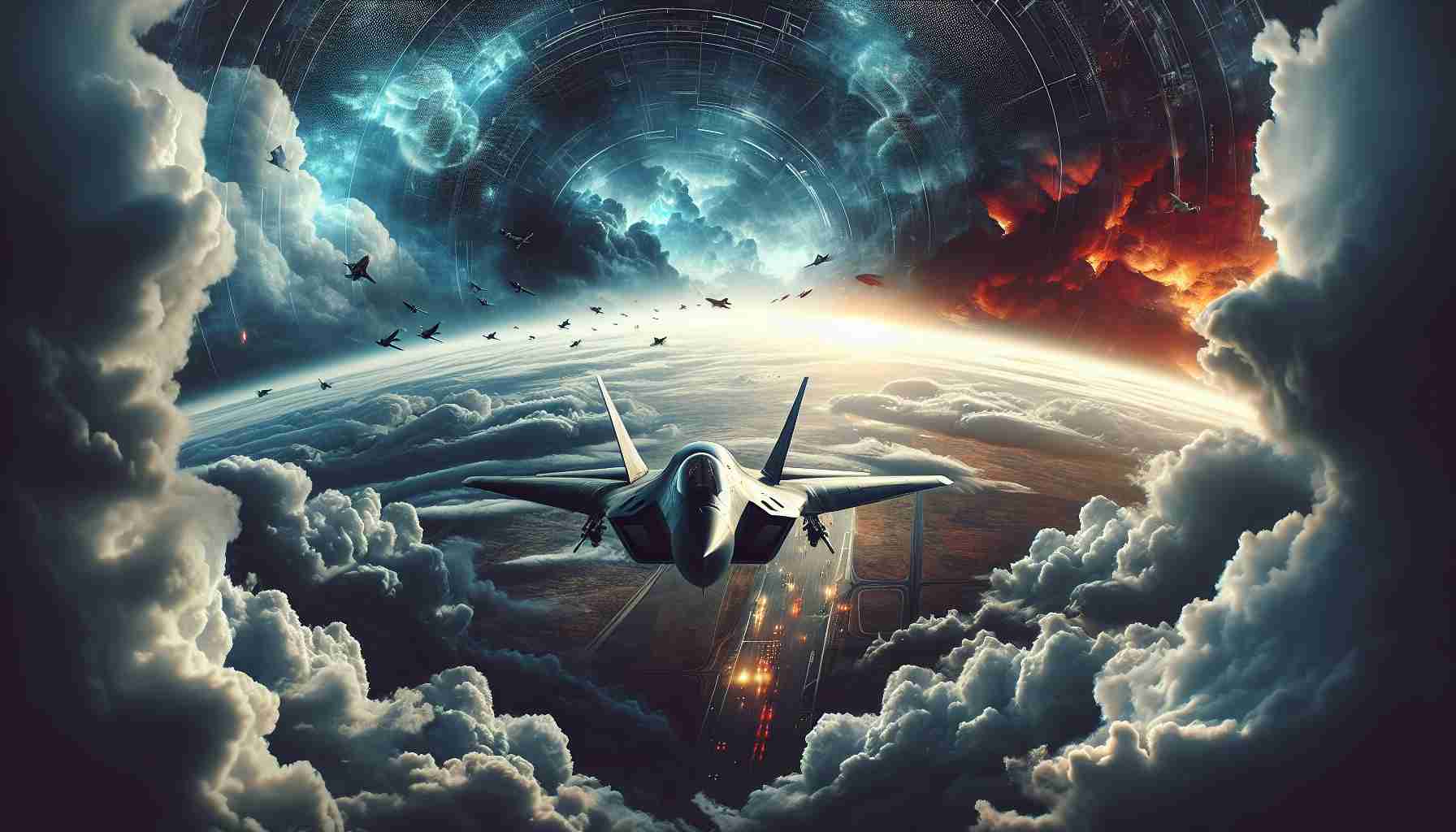The U.S. Air Force is making a significant change in its operations on the Korean Peninsula. The popular A-10 Thunderbolt II, known affectionately as the “Warthog,” will soon be replaced by more advanced fighters such as the F-15, F-16, and F-35. This shift is a part of a wider modernization effort aimed at bolstering peace and security in the Indo-Pacific region.
The transition will enhance interoperability with the Republic of Korea Air Force, ensuring seamless coordination between the allied forces. Starting in January, the 25th Fighter Squadron based at Osan Air Base is set to begin a gradual withdrawal of the Warthogs, with the entire process slated for completion by the end of fiscal year 2025.
The journey towards state-of-the-art capabilities doesn’t stop there. The Air Force is also upgrading its current fleet of F-16s with improved avionics. These upgrades are designed to enhance the aircraft’s survivability and precision, aligning their capabilities closer to those of fifth-generation jets.
Lt. Gen. David Iverson, who oversees the Seventh Air Force and serves as the U.S. Forces Korea deputy commander, emphasized the commitment to adapting military forces to meet modern demands. The F-16 upgrade program and innovative approaches, such as the super squadron tests at Osan Air Base, highlight the Air Force’s dedication to maintaining a strong defense stance in the region. This strategy ensures that the U.S. can continue to deliver unmatched combat airpower, vital for safeguarding peace in a rapidly changing world.
The Future of Aerial Dominance: Unpacking the U.S. Air Force’s Transformation
The Air Force’s decision to phase out the beloved A-10 Thunderbolt II has sparked curiosity and intrigue about what lies ahead for military aviation. As we delve deeper into this transition, there’s more than meets the eye when it comes to this technological upheaval and how it influences humanity’s broader trajectory.
Revolutionizing Combat Air Superiority
One of the most significant revelations in this operational shift is the U.S. Air Force’s focus on enhanced precision and survivability across its fleet. The incorporation of fifth-generation technology as seen in the F-35 Lightning II brings unparalleled stealth capabilities, data integration, and multirole versatility that mark a decisive evolution from the era of the Warthog.
Impact on Technological Development
The replacement of A-10s with advanced fighters doesn’t merely signal an upgrade; it is a reflection of broader trends in defense technology innovation. The research and development feeding into these advancements have crossover applications in civilian technology, particularly in fields like autonomous systems and AI-driven analytics. Military R&D often paves the way for commercial breakthroughs, potentially heralding a new age of technological frontiers.
Addressing Controversies and Drawbacks
That being said, this modernization endeavor is not without its controversies. Critics often argue about the costs involved and question the necessity of replacing a tried and tested platform still revered for its unique close air support capabilities. Additionally, with growing defense budgets, ethical questions about military expenditure versus addressing socio-economic challenges are ever-present.
Pros and Cons of Air Force Modernization
There are numerous advantages to this advanced fleet transformation:
– Enhanced Interoperability: Modern aircraft bolster collaboration with allies, such as South Korea, strengthening global security alliances.
– Increased Survivability: Improved radar evasion through stealth technologies offers a tactical advantage.
However, there are evident disadvantages:
– High Costs: The expenses associated with training, maintenance, and logistics can be substantial.
– Dependency on Technology: Over-reliance on sophisticated technology can present risks if cyber vulnerabilities are exposed.
Future Implications: What’s Next?
How does this affect global military balance? As other nations develop comparable technologies, a cycle of technological brinkmanship may ensue, necessitating perpetual innovation. The question arises: Can continuous military advancements drive broader peace efforts, or do they create an arms race? As Lt. Gen. David Iverson and others in leadership positions maneuver through this dynamic, the hope is to find equilibrium between defense and diplomacy.
For more insights into military technology and innovation, visit Lockheed Martin and U.S. Air Force.







